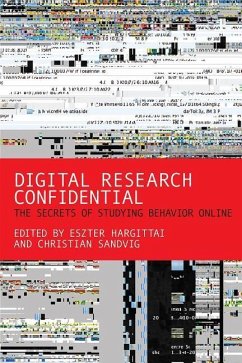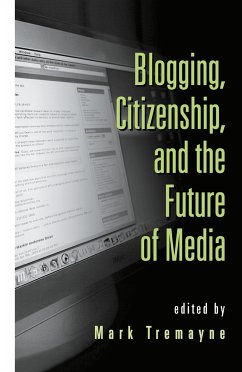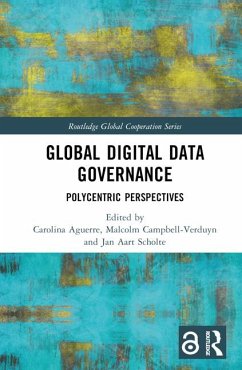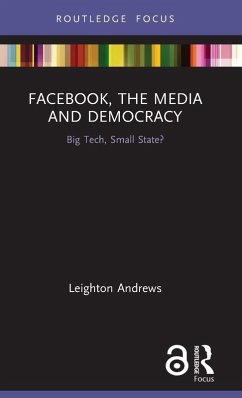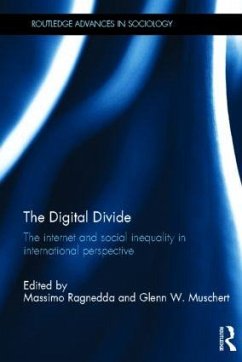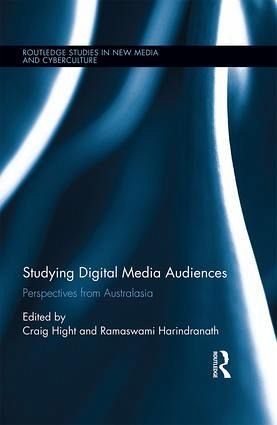
Gebundenes Buch
Studying Digital Media Audiences
Perspectives from Australasia
Herausgeber: Hight, Craig; Harindranath, Ramaswami
Versandkostenfrei!
Versandfertig in 1-2 Wochen

PAYBACK Punkte
88 °P sammeln!




This volume addresses ongoing debates in the field of audience research by exploring relevant conceptual and methodological issues concerning the systematic study of digital audiences.
Craig Hight is an Associate Professor in Communication at the University of Newcastle, Australia. His research interests have focused on audience research, digital media and documentary theory. He is currently researching the relationships between digital media technologies and documentary practice, especially the variety of factors shaping online documentary cultures. Ramaswami Harindranath is Professor of Media at the University of New South Wales, Australia. He has published widely on audience research; global media, economy and culture; diasporic media and cultural politics; multicultural arts and cultural citizenship; South Asian politics and culture; and postcoloniality. He is currently completing a manuscript entitled Southern Discomfort, which re-assesses the concept and politics of cultural imperialism.
Produktdetails
- Verlag: Routledge
- Seitenzahl: 228
- Erscheinungstermin: 16. Februar 2017
- Englisch
- Abmessung: 235mm x 157mm x 17mm
- Gewicht: 487g
- ISBN-13: 9781138224568
- ISBN-10: 1138224561
- Artikelnr.: 47702620
Herstellerkennzeichnung
Libri GmbH
Europaallee 1
36244 Bad Hersfeld
gpsr@libri.de
Für dieses Produkt wurde noch keine Bewertung abgegeben. Wir würden uns sehr freuen, wenn du die erste Bewertung schreibst!
Eine Bewertung schreiben
Eine Bewertung schreiben
Andere Kunden interessierten sich für


